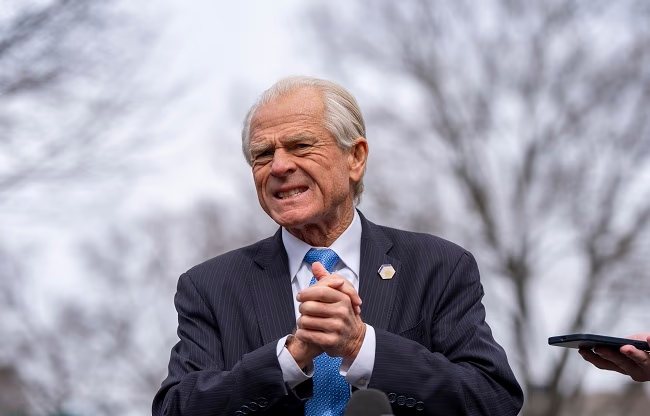Since Donald Trump's arrival, U.S.-Canada relations appear to be souring. Encouraged by Trump's rhetoric, his officials have echoed anti-Canada sentiments. Notably, Trump’s chief advisor Peter Navarro suggested Canada should be ousted from the Five Eyes to maintain pressure. Although Navarro denies these claims, what if Canada actually exits this elite group?
Understanding the Five Eyes Alliance
Each country has its intelligence agency, which not only gathers confidential information but executes covert missions. Yet, terrorist attacks continued, prompting five countries to form an alliance. Known as the Five Eyes, this organization brings together the top spies from the world's most powerful nations.
This alliance includes the United States, United Kingdom, Canada, Australia, and New Zealand. They've agreed that should any suspicious activities occur, which could threaten a member nation, they will share the information. The alliance encompasses 20 intelligence agencies, sharing highly classified intelligence.
Origins and Purpose of the Alliance
Post World War II, America and Britain united intelligence efforts to uncover Soviet secrets, later enlisting Canada, New Zealand, and Australia. Economically and militarily formidable, their initial goal was countering Russia. As the Cold War ended, the focus shifted from Russia to global terrorism.

Source: aajtak
How the Intelligence Network Functions
In 2020, a Canadian intelligence officer authored a paper detailing intelligence allocations among countries for the Canadian Military Journal.
The U.S. focuses on Russia, Northern China, Latin America, and significant parts of Asia, remaining vigilant to activities in these regions.
Australia monitors Southern China and its neighbors, like Indonesia.
The UK oversees Africa and former Soviet territories.
New Zealand is responsible for the Western Pacific, which includes numerous small nations.
Canada keeps an eye on Russia's Polar zones, shielding unnoticed activities from the rest.
Beyond the original five, the alliance expanded to include the Nine Eyes (adding France, Denmark, Norway, and the Netherlands) and eventually the Fourteen Eyes by incorporating additional allies like Germany, Belgium, Italy, Spain, and Sweden. Yet the Five Eyes remains the most closely-knit group.
Despite functioning covertly, a milestone in 1973 when Australian PM Gough Whitlam discovered it highlights the secrecy. The Journal of Cold War Studies documents this revelation. Until the late 1990s, member nations denied its existence until eventually shedding light.

Source: aajtak
Is the U.S. Seriously Thinking of Removing Canada?
Reports by the Financial Times and The Economist suggested that Navarro urged Trump to use this proposal as leverage over Canada to agree to trade terms beneficial to the U.S. Whether Trump accepted this advice remains unknown, but Navarro denies the suggestion.
Though Canada is the smallest member of the alliance, its role is critical, especially overseeing Russia's Polar areas, which, if ignored, could host major Moscow plots. Overlooking such crucial zones may endanger not just Ottawa but also Washington.
Five Eyes’ Early Warnings of Major Events
- Prior to the 9/11 attacks, the U.S.'s NSA and the UK's GCHQ provided insufficiently clear warnings to act upon. - They discussed the escalating activities of the Islamic State in Syria and Iraq. - Tensions between Ukraine and Russia caught the attention of U.S. and UK intelligence, leading to advisories by multiple nations.




